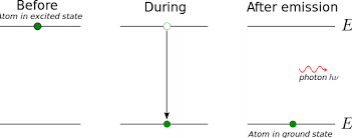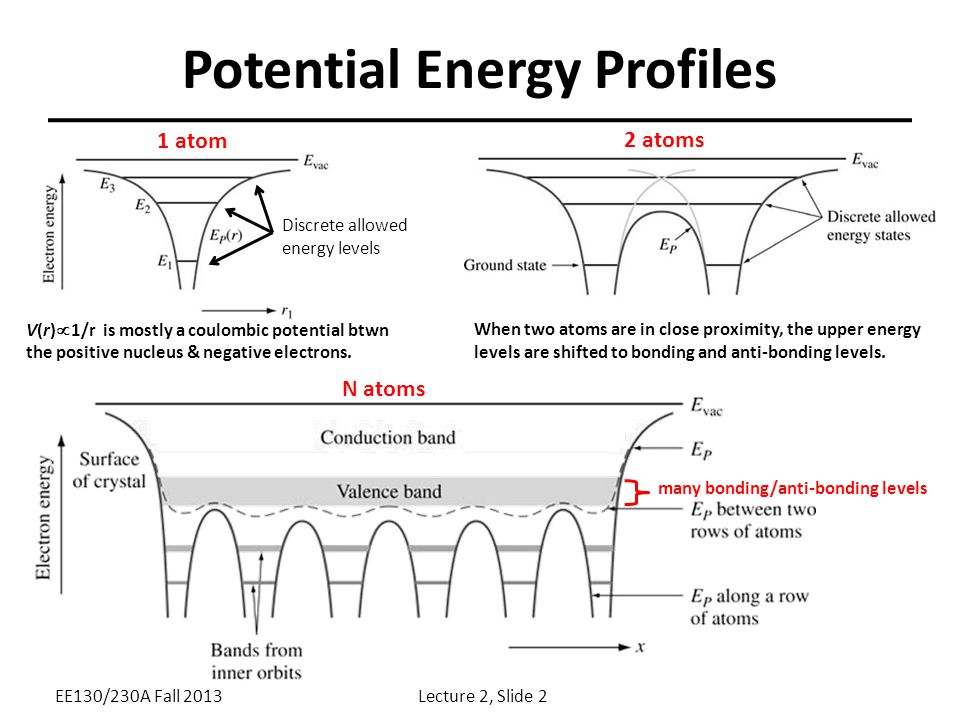As I understand from far, stating that QM and QFT exclude LENr effect is a bit prelature, as our mastering of QM/QFT in complex multibody systems is not total.
By the way, When I was reading papers one thing shocked me, between LENR and hot fusion or even fission.
(Please forgive my ignorance)
It seems that
1/ LENR results mostly ends with low energy outcome, and
2/ energy is dissipated in low quanta...
I've learned basic QM in the domain of semiconductors, and this behavior recalls me two phenomenons/situations:
Dr Storms made a good argument about the experience of Iwamura in thin film; where heavy atoms seems to absorb pairs of deuterons, but only to stable outcome.
When a quantum isolated system is in a state above it's lowest energy state, it may radiate, disintegrate spontaneously, and the outcome is necessarily made of more stable results. This happens for nuclear spontaneous radioactivity, or for electrons desexcitation...

Note also that sometime, the emission may be stimulated and coherent as MASER/LASER.

It reminds me of the THz excitation by dual LASER (even if some states that it may just allow higher peak power because of beat effect).
When many quantum systems like atoms are regularly associated like in a crystal, the energy level of the system obey a dense structure that allows very small quanta, if not simply heat.
The question if it is KeV band structure, or even e degenerated band like conduction band... (I'm not competent enough to see how semiconductor band structure could be adapted to a LENr system)

For my naive eye, LENR show the system is a large group of quantum system, regularly organized, that is excited by the fact that fused hydrogen nucleus (helium/H3/H4) are in a lower energy state than unfused hydrogen...
I admit this makes me consider Hydroton theory, Fukai phase (Super Abundant vacation), and 4QD with a favorable eye... I let the experts criticize each of those theories.
